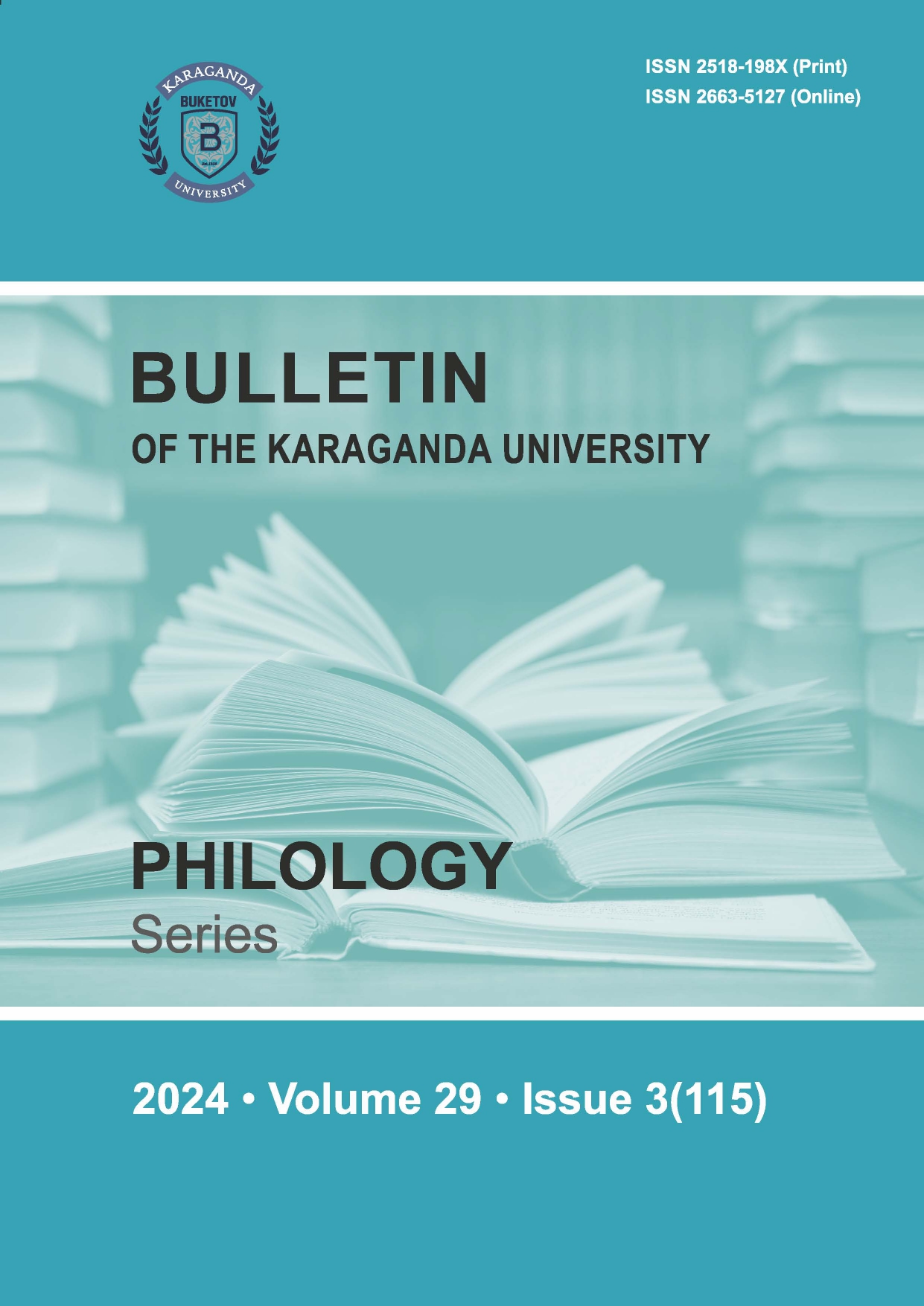The rebellion of the Syr-Darya kazakhs, led by Zhanhozha Nurmukhameduly, in opposition to the Russian empire's expansionist policy
DOI:
https://doi.org/10.31489/2024hph3/152-161Keywords:
Russian Empire, Khanate of Khiva, Fort Raim, Hojaniyaz, Fort Kazaly, Zhanhozha Nurmuhameduly, Azbergen Munaytpasuly, V.A. PerovskyAbstract
In the article the 1950s uprising of the Syr-Darya Kazakhs, led by Zhankozha Nurmuhameduly, as a response
to the encroaching expansionist policies of Imperial Russia was considered. It uncovers the oppressive tactics
employed by the tsarist government's local officials. The study highlights how the construction of coastal
forts along the banks of Syr-Darya River enabled control over the pastures and wintering grounds of the Junior
Horde Kazakh clans. The study additionally reveals archival discoveries, such as the substitution of the
Hojaniyaz fortress, which fell due to the directives of the Orenburg frontier commission, with the Kazaly fort.
The study links these events to the revolt of the disenfranchised tribes in the lower Syr-Darya region.
Through the use of newly available archival data, it offers a detailed examination of the structure and progression
of the uprising. Furthermore, the research thoroughly details the arming of Russian-Cossack forces
with sophisticated weapons, ammunition, and technical means employed to suppress the rebellion. The research
posits that the timeframe of the Syr-Darya Kazakhs’ liberation uprising spanned from 1856 to 1862,
thereby contesting the previously accepted historical timeframe of 1856-1857.




